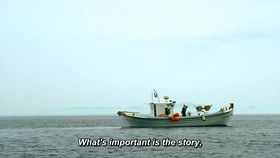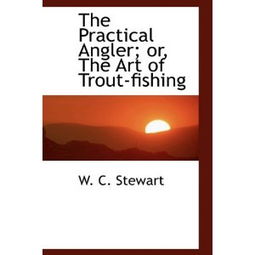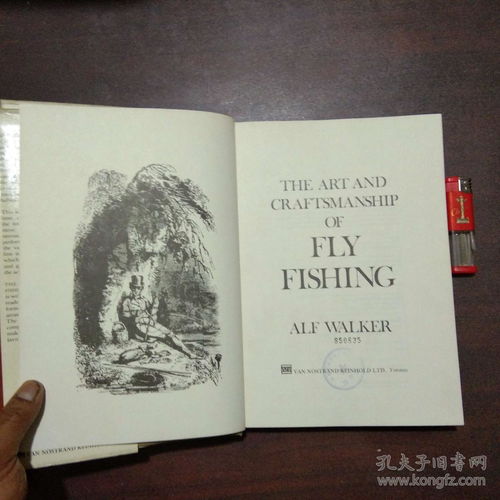In the world of angling, the allure of catching a fish often hinges on the art of fish attraction. Whether you're a seasoned angler or a beginner, understanding how to诱鱼 (yòu yú) – that is, how to attract fish – can significantly enhance your fishing experience. Here are some expert tips and techniques to help you become a master at诱鱼.
Understanding Fish Behavior
Before diving into the specifics of诱鱼 techniques, it's crucial to understand the behavior of the fish you're targeting. Different species have varying preferences for food, habitat, and movement patterns. Here are some general principles to consider:
Seasonal Patterns: Fish often migrate or change their feeding habits with the seasons. For instance, in colder months, fish may move to deeper water or seek out warmer areas, while in warmer months, they may move to cooler, oxygen-rich waters.
Feeding Patterns: Fish are more active and likely to bite when they're feeding. Understanding their feeding patterns can help you time your fishing trips effectively.
Habitat Preferences: Fish often prefer certain types of habitats, such as rocks, logs, or vegetation. Identifying these areas can increase your chances of finding fish.
Choosing the Right Baits and Lures
The choice of bait or lure can make or break your fishing trip. Here are some tips for selecting the right诱饵:
Natural Baits: Natural baits like worms, insects, or small fish can be highly effective. They mimic the fish's natural food sources and are often irresistible.
Artificial Lures: Artificial lures, such as spinners, jigs, or flies, can be used to attract fish by mimicking the movement of prey. The key is to choose a lure that resembles the species' preferred food.
Color and Size: The color and size of your bait or lure should match the species you're targeting. Bright colors can attract fish, but natural tones can also be effective in clear water.
Presenting Your Bait or Lure
Once you've chosen the right bait or lure, the way you present it is equally important. Here are some techniques to consider:
Wobbling: Wobbling your lure can mimic the struggling movement of a struggling fish, which can trigger a bite.
Trolling: Trolling involves moving your boat with the bait at a steady speed. This can cover a lot of water and attract fish that are moving with the current.
Jigging: Jigging involves repeatedly lifting and dropping your lure to mimic the natural movement of prey. This technique is particularly effective in deeper waters.
Dead Sticking: This involves letting your bait or lure sit still in the water. It's a great technique for fish that are less active or in clear water.
Reading the Water
Understanding the water you're fishing in can give you valuable clues about where to find fish. Here are some tips:
Currents: Fish often congregate in areas with strong currents, as they provide oxygen and food.
Structure: Look for structure like rocks, logs, or weed beds, as these can provide cover and attract fish.
Shadows: Fish often use shadows to hide from predators. Casting into the shade can be an effective strategy.

Using Technology and Tools
Modern technology can also aid in your quest to诱鱼. Here are some tools to consider:
Fish Finders: These devices can help you locate fish by detecting their sonar signals.
Depth Finders: These tools can tell you how deep the water is, which is crucial for determining where to fish.
Scent Dispersal: Some anglers use scent dispersal tools to attract fish. Be sure to use legal and environmentally friendly methods.
Conservation and Ethical Practices
Lastly, it's important to practice conservation and ethical fishing. Here are some key points:
Release Fish: If you're not planning to keep a fish, release it gently and carefully to ensure its survival.
Respect the Environment: Leave no trace of your presence in the natural environment.
Legal Regulations: Always adhere to local fishing regulations and restrictions.
In conclusion, mastering the art of fish attraction requires a combination of knowledge, skill, and practice. By understanding fish behavior, choosing the right bait, using effective techniques, and respecting the environment, you'll be well on your way to becoming a successful angler. Happy fishing!












